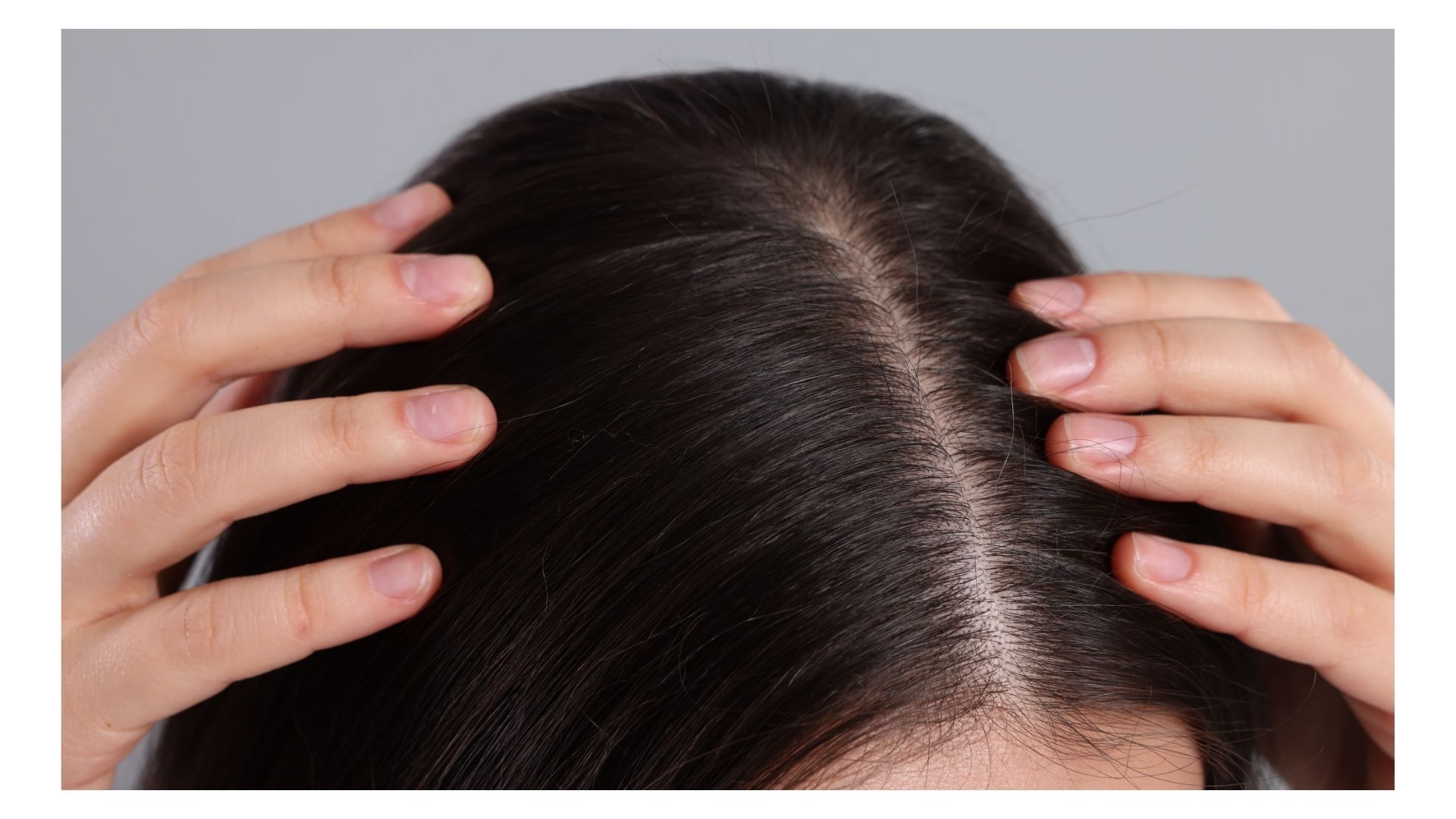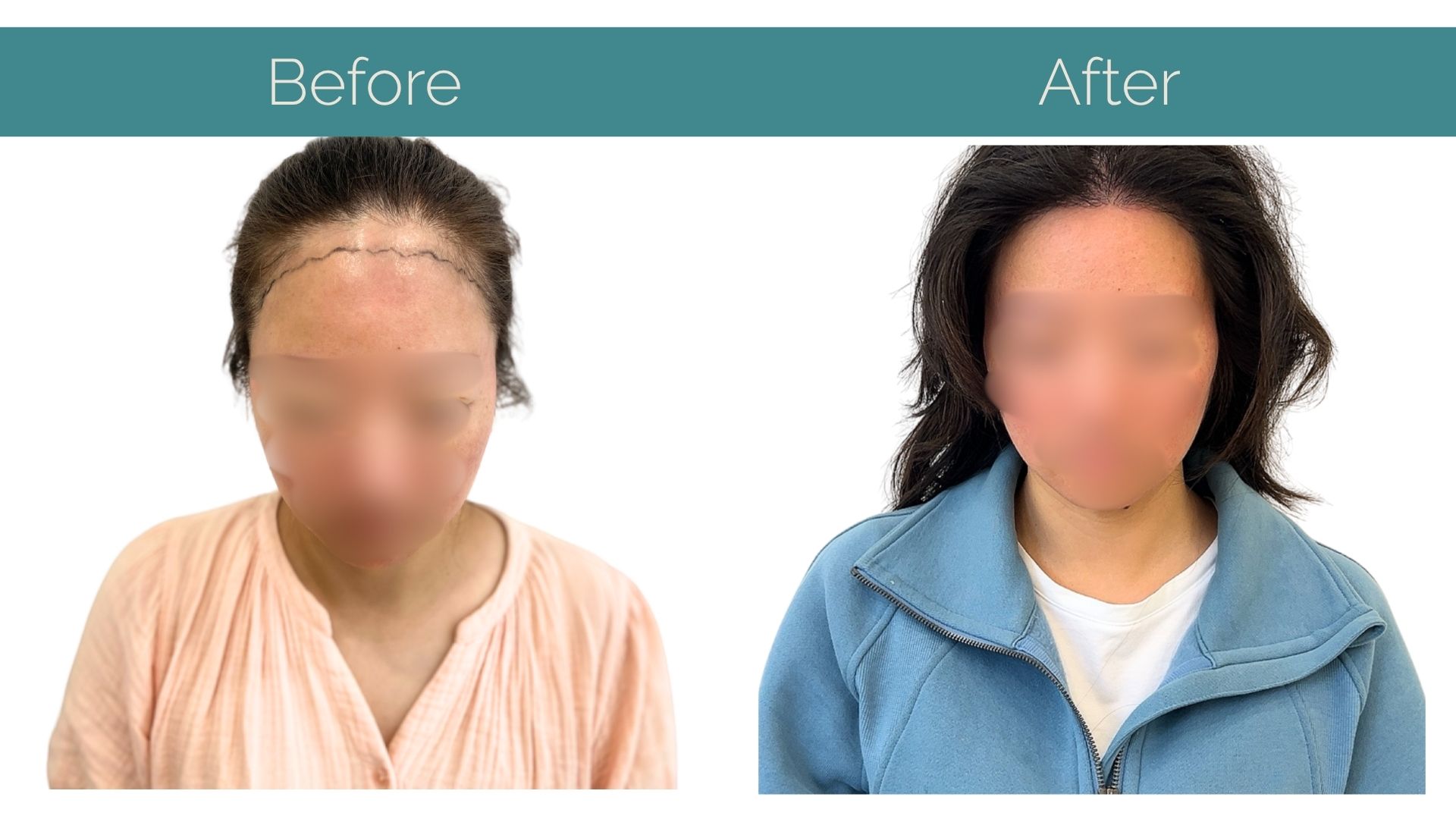While the end result might look similar (thinning hair or bald spots), the causes and treatments can vary significantly depending on gender. Let’s dive into why this happens and what can be done about it.
The Root of the Problem: Why Men and Women Lose Hair Differently
For men, hair loss is often tied to genetics and hormones. Male pattern baldness, scientifically known as androgenetic alopecia, is the most common culprit. It’s driven by sensitivity to dihydrotestosterone (DHT), a hormone that shrinks hair follicles over time. This typically results in a receding hairline or bald spots on the crown.
Women, on the other hand, experience hair loss differently. While genetics can play a role, hormonal changes are often the main trigger. Pregnancy, menopause, or conditions like polycystic ovary syndrome (PCOS) can cause hair thinning. Instead of bald spots, women usually notice diffuse thinning across the scalp.
Unlike men, women rarely experience complete baldness, but the emotional impact of thinning hair can be profound. Solutions for women often focus on preserving existing hair and stimulating regrowth, with treatments like PRP (Platelet-Rich Plasma) therapy or minimally invasive hair transplants tailored to their unique needs.
The Importance of Tailored Solutions
Because men and women experience hair loss differently, a one-size-fits-all approach simply doesn’t work. Clinics that specialise in personalised care – offering advanced techniques like DHI and FUE – can address the specific patterns and causes of hair loss for each gender.
For men, the focus may be on restoring hairlines and density, while for women, the emphasis might be on maintaining volume and addressing underlying health issues. Follow-up care and ongoing support are crucial for both, ensuring long-term success and satisfaction.
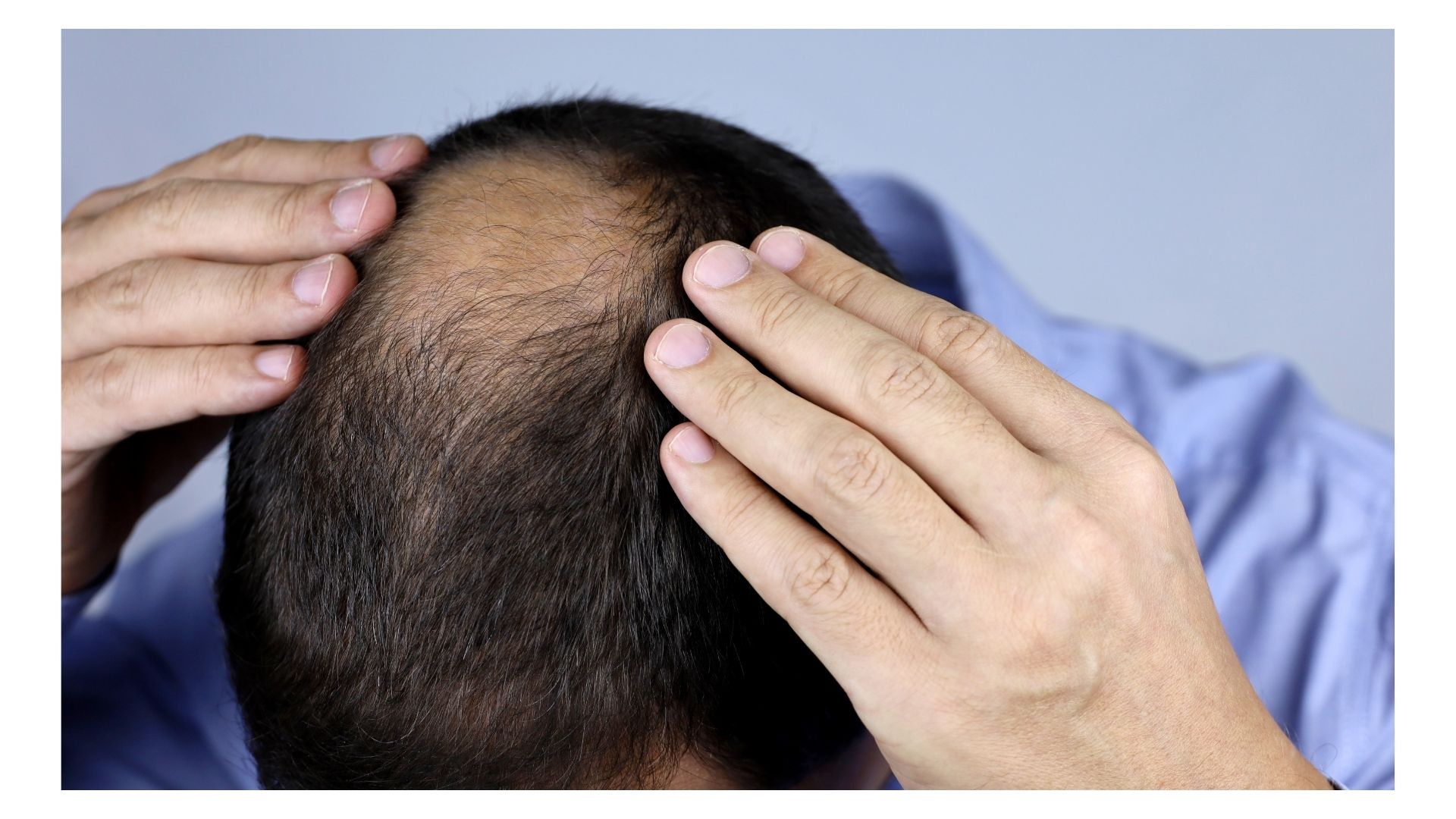
Embracing Individualised Care
Hair loss is deeply personal, and the solutions should be too.
By understanding the unique ways men and women experience hair loss, clinics can offer treatments that not only restore hair but also confidence. Whether it’s advanced transplant techniques or holistic care, the key lies in addressing the individual’s needs and goals.
The Bottom Line
Hair loss is a complex issue that affects men and women differently, and understanding these differences is key to finding the right solution.
Hair loss can be emotionally challenging for both men and women, but societal expectations often amplify the pressure for women. While men may embrace baldness as a style choice, women often feel the need to hide thinning hair. This makes finding the right treatment not just a physical solution but an emotional one too.
Whether it’s hormones, genetics, or lifestyle factors, there’s no one-size-fits-all approach. The good news? With advancements in treatments and growing awareness, there’s hope for everyone to regain confidence and take control of their hair health.
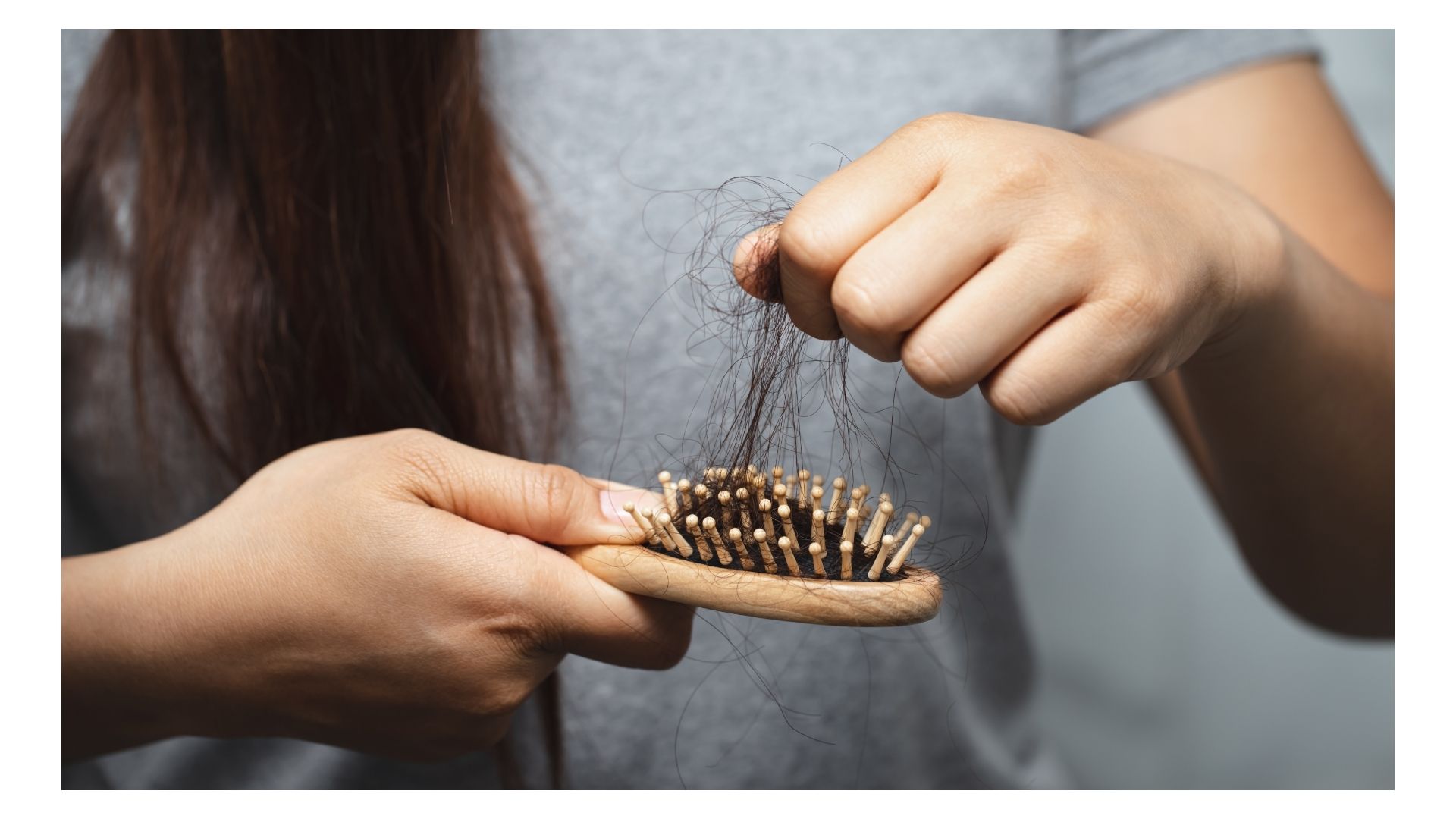
Why Treatment Options Differ
Because the causes of hair loss differ, the treatments need to be tailored accordingly. Here’s a breakdown:
For Men:
Finasteride: This oral medication blocks DHT, helping to prevent further hair loss. Think of it as stopping the hormone that’s attacking your hair follicles.
Minoxidil: A topical solution that stimulates hair growth by improving blood flow to the scalp. It’s like giving your hair follicles a wake-up call.
Hair Transplants: A surgical option where healthy hair follicles are moved to areas with thinning or baldness. It’s a permanent fix for some.
For Women:
Minoxidil: Women can also use this topical treatment to encourage hair regrowth.
Hormone Therapy: If hair loss is linked to hormonal imbalances (like menopause or PCOS), treatments that regulate hormones can help.
Iron Supplements: Women are more prone to iron deficiency anemia, which can cause hair thinning. Boosting iron levels can improve hair health.
Hair Transplant : A surgical option where healthy hair follicles are moved to areas with thinning is an option for women to improve the hair density and fill in bald patches.
Understanding the Hair Growth Cycle
Both men and women’s hair loss is tied to disruptions in the hair growth cycle, which has three phases:
- Anagen (Growth Phase): Hair actively grows.
- Catagen (Transition Phase): Hair stops growing and prepares to shed.
- Telogen (Resting Phase): Hair falls out, making way for new growth.
When hormones, genetics, or health issues interfere with this cycle, hair can spend too much time in the telogen phase, leading to thinning or baldness.
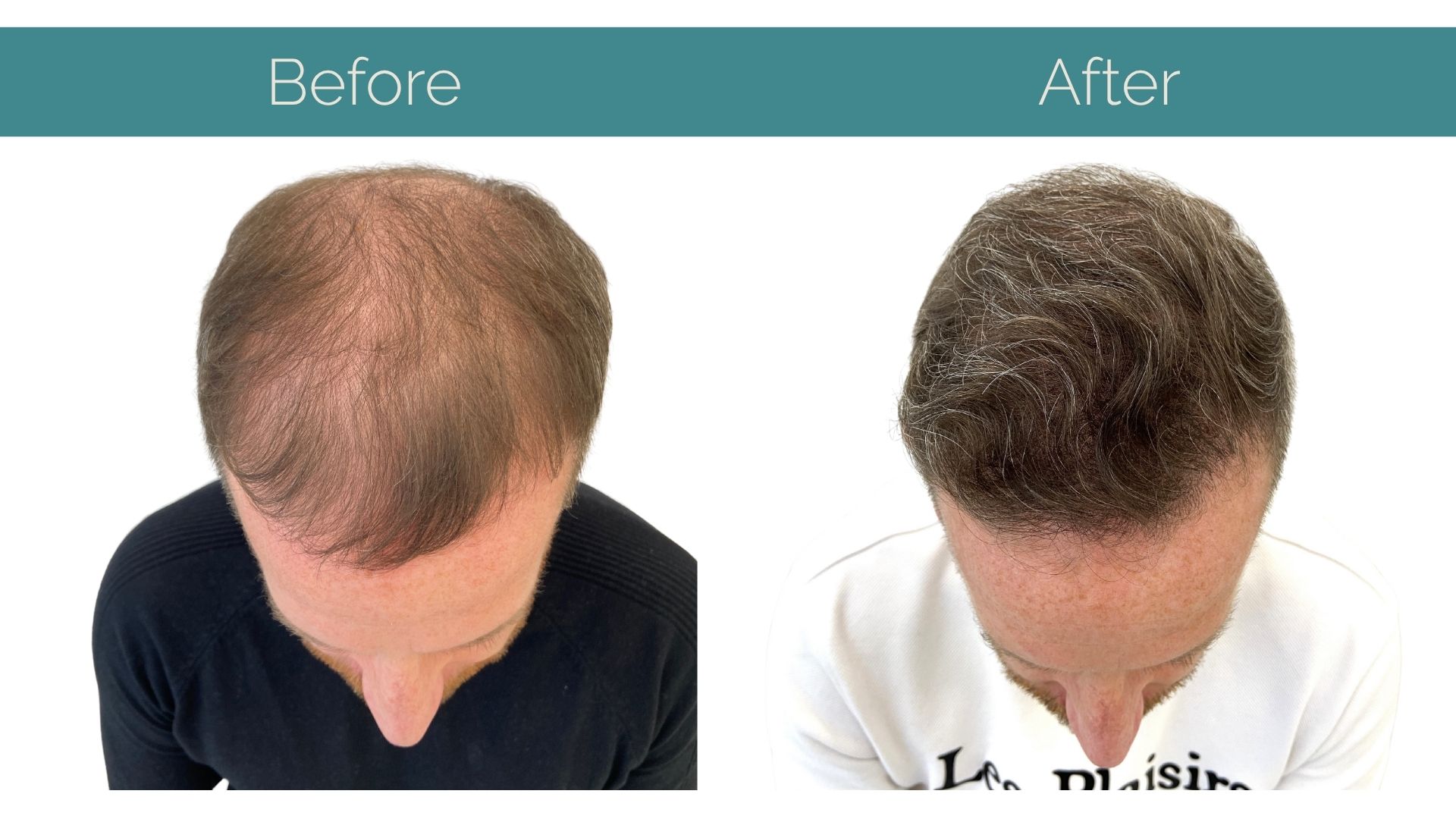
In conclusion
While hair loss may appear to be a shared experience, the underlying causes, emotional impact, and effective treatments differ greatly between men and women. Recognising these differences is vital to providing solutions that are not only medically effective but also personally supportive.
With modern techniques and a growing understanding of gender-specific needs, individuals no longer have to settle for generic answers. Instead, they can pursue tailored treatments that restore not just their hair, but also their confidence and quality of life.
About IK Clinics
At IK Clinics, we are proud to stay at the forefront of global hair restoration trends, offering a variety of advanced techniques to meet the diverse needs of our clients. From FUE, PRP to Stem Cell Therapy, we ensure that every client’s treatment is tailored to their personal goals, helping them regain not just their hair but also their confidence.
Interestingly, we don’t just stop at hair restoration treatments, our highly skilled team also offers a range of anti-aging treatments.
